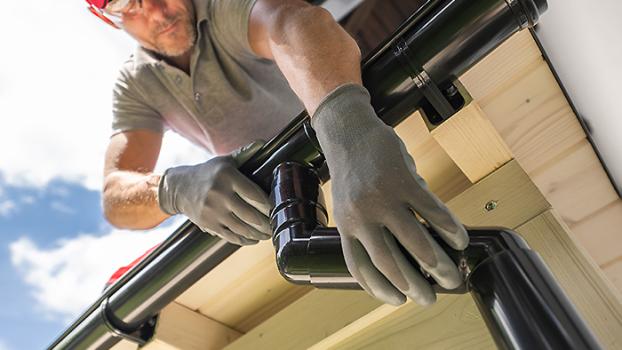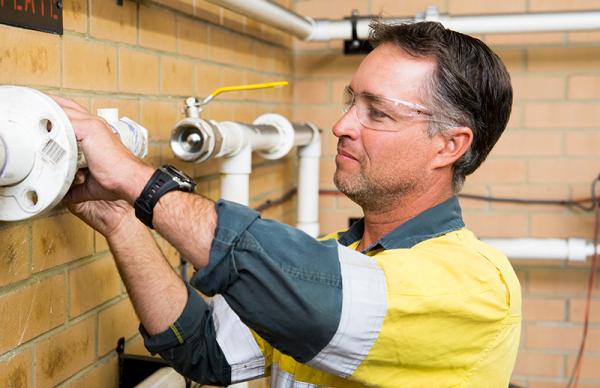
Roof plumber
Roof plumbers install gutters, downpipes, flashings and rainwater tanks on residential, commercial and industrial buildings throughout Western Australia. They work with roofing structures that are made from metal, polycarbonate, fibreglass or glass, or have waterproof membranes. They may also install roof sheeting and wall cladding.
Roof plumbers interpret technical drawings to install roof drainage systems for roofs of various angles on residential projects. They also calculate the correct pitch and size of roofs to ensure water tanks capture the maximum amount of rainwater.
Working conditions
Roof plumbers work outdoors on roofs of varying heights. They work in a variety of weather conditions and particular care must be taken in wet and hot weather. They wear protective clothing and follow strict safety procedures to minimise any associated risks.
Roof plumbers usually start work early in the morning, and may be required to work on weekends. They may be required to travel between worksites.
Tools and technologies
Roof plumbers cut, bend and join pipes using tools such as hacksaws, tin snips, copper tube cutters and pipe benders. They use power tools to join sheet metal and secure downpipes. They also install equipment such as heating and cooling systems, water tanks and solar water heating systems.
Education and training
To become a roof plumber, you usually need to undertake an apprenticeship in roof plumbing. The apprenticeship usually takes 48 months to complete and is available as a school-based apprenticeship.

Free support and assistance
Your local jobs and Skills Centre can provide free information, support and assistance to help you decide on the best training options to meet your goals.
Disclaimer
The information presented on the occupation profiles within this website is offered as a guide only.


